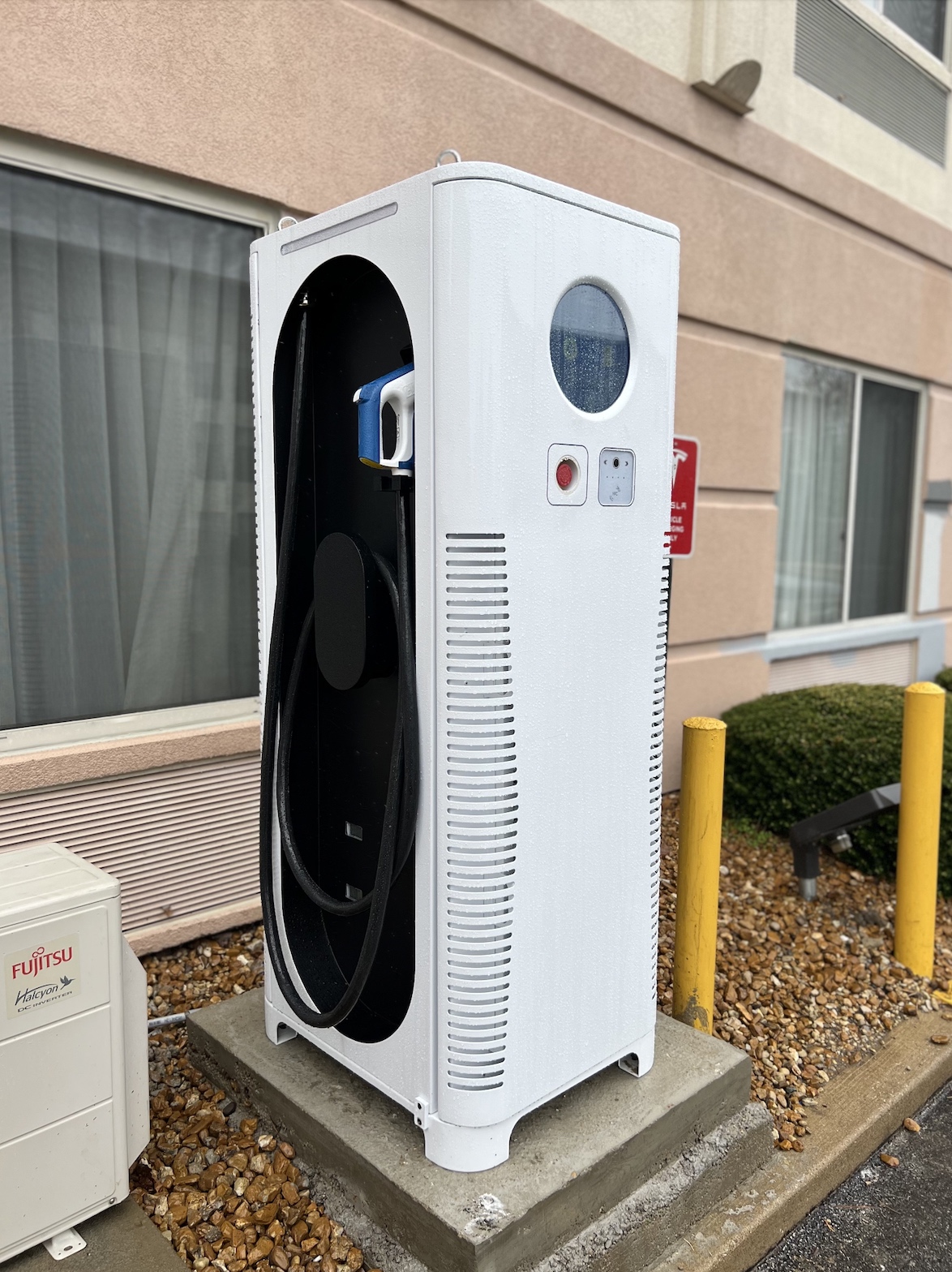
Aatish Patel and Alex Urist started a company called Current Electric in 2020 after a failed search for efficient electric vehicle (EV) chargers to install at a family-owned property. “Nothing on the market fit the bill,” says Patel. “It was mainly because of the incompatibility we saw with the products that were being sold in the U.S.” They set out to find a partner who understood their vision to make a charger that would actually fit North America’s infrastructure. This eventually led them to XCharge Technologies, which was first founded in Beijing in 2015. After a couple years of ideation, they launched XCharge Energy, a new company specifically made by and for the North American market. In regards to the continent getting on the electric bandwagon now, some people say “finally” and some ask “how?” or “why?” Our discussion with Patel and Urist will hopefully help answer some of your questions regarding electric vehicles, and instill a bit of optimism for the future. Under the United States’ NEVI (National Electric Vehicle Infrastructure) Formula Program, states were given until August 1 of this year to submit their plans, all surrounding the goal to reach a nationwide network of 500,000 electric vehicle chargers by 2030. —Charlotte DeFazio
What are the main reasons that deter people from buying electric vehicles? “Range anxiety” is one of them—maybe you can explain that a bit.
Aatish Patel: We’ve talked to a lot of people who are on the fence about electric cars and range is a concern, but more so is just the ability to recharge. Range anxiety is basically an episode of anxiety that someone gets when they start looking at the battery percentage on their car and it’s ticking down. They start thinking, “Oh no, where am I going to charge my car?” EV chargers aren’t as ubiquitous or available as gas stations. There’s probably three or four gas stations within a mile or two radius of wherever we are working out of right now, but not that many EV chargers. I think that’s one of the biggest deterrents for people who are looking to get into EVs. Where am I going to charge the thing? How can I charge it? How can I make sure that I can actually get to where I’m going and back without having to worry about stopping in the middle?
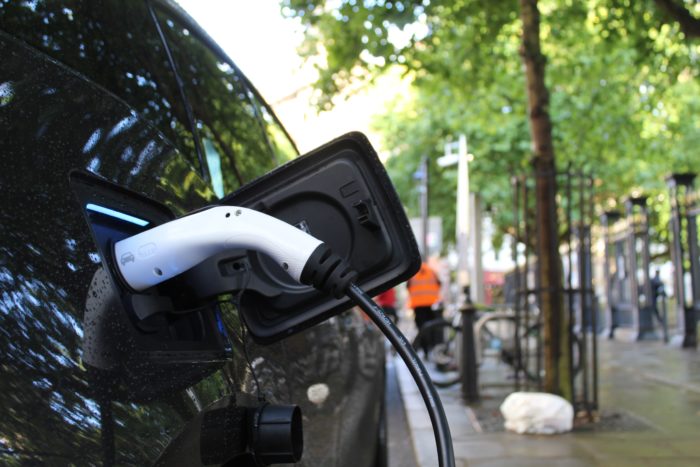
Right. Is that where regenerative breaking comes in?
Aatish Patel: Regenerative breaking is just a feature that most EVs tend to have which allows them to get a little bit more range out of the car. Instead of using your brakes to stop the car or slow it down, if you cut power from an electric motor, but still spin the wheels, it can actually generate power to feed back into the battery. I think the thing to keep in mind though is that you still need to run a generator fairly consistently to get a sufficient amount of energy. When you’re driving and you let off the gas, you’re producing some power, but it’s not enough to make that much of a difference to your overall state of charge. It’ll get you an extra 5-10% of range, but you’re not going to be able to have free energy, which is what people tend to assume with regenerative breaking.
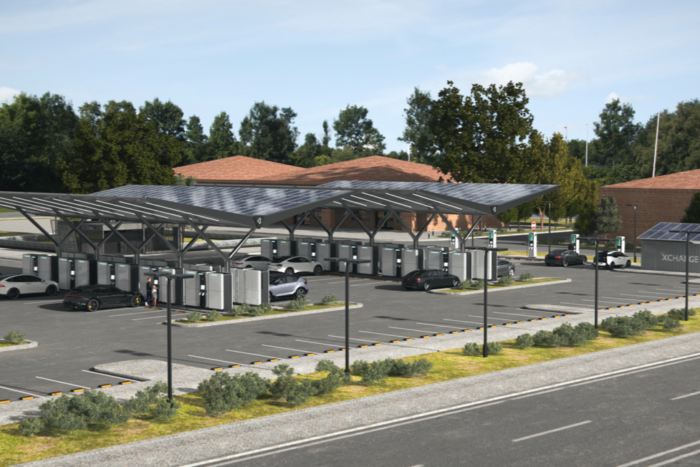
So, what are the pros? Why should people go electric?
Aatish Patel: Electric vehicles are just a lot easier to live with when you have adequate charging availability. You don’t need to fill up gas. You don’t need to spend a ton on maintenance because they’re simpler to work on. And honestly, they’re a lot easier to drive, I feel, than gasoline cars. You don’t have to worry about RPMs or gear boxes—things like that. And because of the digital nature of the product, it’s a lot easier to personalize and make them look more refined than a mechanical system.
The obvious reason is that it’s cleaner for the environment. A gasoline car on the road is quite a detriment to the environment. Not saying electric cars are 100% clean, but compared to a gasoline car, it’s definitely more efficient. The amount of energy you’re utilizing to move around is being used at a much better rate, which adds to the overall benefit of the environment compared to gasoline.
Alex Urist: Also, future-proofing for sustainable action. Of course right now the electrical grid is not completely clean, but it provides a way to lay the early infrastructure to then adopt sustainable energies that can be fed back into the already existent infrastructure that we have across the U.S.
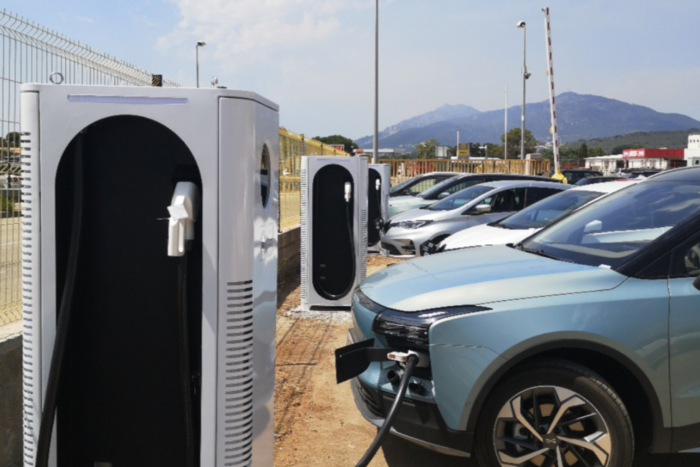
I don’t know about other states, but in New York you also get a tax credit when you purchase electric.
Alex Urist: Right now, there are tax credits and incentives for purchasing electric vehicles pretty much across every state. Nearly every state is giving tax credits. And then there’s also utility credits, I believe, in some states related to if you buy a personal electric vehicle and install a charger in your house, you can get some utility rebates or other accommodations.
And there are three different levels of charging, but some level threes are faster than other level threes. Why?
Aatish Patel: There’s a lot of chargers out there and some are very high output compared to others. Let’s say you have a 350kW output charger. That doesn’t necessarily equate to a faster charge for your car. The charge rate for an EV battery is more dictated by the EV itself than the charger. Think of it as a hose and there’s a nozzle at the end of the hose…depending on the setting you have on the nozzle, that’s how much water gets distributed out. It doesn’t matter if you have the highest pressure out there. If your nozzle is not at the full setting, it’s not going to output the full amount. That’s more or less the same thing with EV cars. You have 350kW chargers, but most EVs, if not all, aren’t actually capable of utilizing it. A Chevy Bolt, for example, can take up to 50kW of electricity charge so it doesn’t matter if you hook it up to a 350, 250 or 150kW charger; it’s only going to be able to take 50kW at a time, which means it’s going to charge at the same rate.
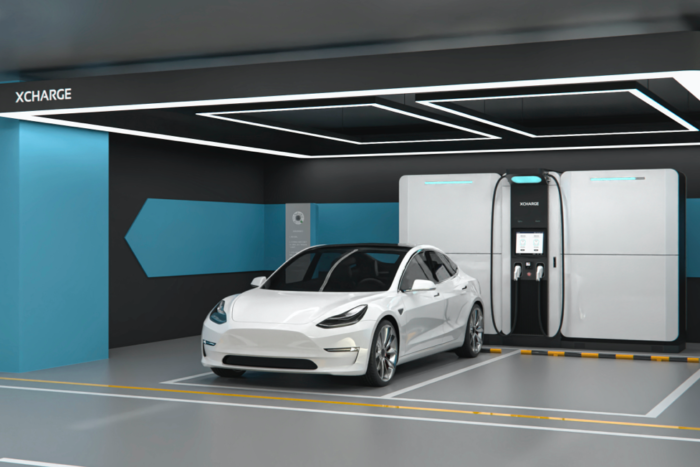
That’s a good way of explaining it. And at XCharge you have three main products, right? It’s the C6, the C9 and the Net Zero.
Alex Urist: We’re not producing the C9 in the U.S. currently, but we have a C6AM and then the Net Zero Series, which is on the production timeline for early to mid next year.
Aatish Patel: And the other product that’s in progress and yet to be fully announced is the Net Zero Home, which is a DC charger and battery backup system for home use.
What’s the main difference between them?
Alex Urist: Charging speeds and type of implementation. C6AM is a 95kW output meant for a business owner that’s going to install the charger to make revenue off of. The Net Zero Series is essentially the C6AM with a battery backup storage that’s capable of a higher output.
Aatish Patel: As you put more and more chargers online, you’re going to see a huge demand on the grid. Average EVs use around 30-35kW hours of electricity during a day and the average household uses around 29kW hours. In some ways you can look at an EV on the road as one or 1.5 households worth of electricity addition. That’s a lot of electricity that needs to get found and supplied. The Net Zero Series is meant to be a twofold solution to this problem in that it’s supposed to provide charging facilities at a very high rate charge, but then also be less demanding on the grid by capturing electricity at night or when it’s not as much in demand, and then having that electricity available to not only charge cars, but feed back to the grid as an additional source of supply for the area that it’s serving.

Are you working with any alternative energy? Can this be set up with solar, wind, water…?
Alex Urist: It definitely could be. We aren’t doing that predominantly in our rollout strategy, but in some installations, we’ll probably see solar panels attached to a battery backup that then might be fed into a DC fast charger or, with the Net Zero Series, somebody feeding from a solar panel or wind generation directly into a charging bureau. It’s feasible and ideal for future-proofing and sustainability.
Aatish Patel: The systems are set up to allow for not only a direct grid feed, but also an alternative feed, whether it be solar, wind or water. The thing to keep in mind is wind and solar, while they are very good at producing electricity, they don’t produce nearly as much electricity as you would need to charge multiple cars fully and/or power AC systems when there’s a very large demand on the grid. We are in talks with several partners, mainly utilities and municipalities, who are interested in not only using these systems as charging facilities, but also in ways to store energy that’s produced through clean methods.
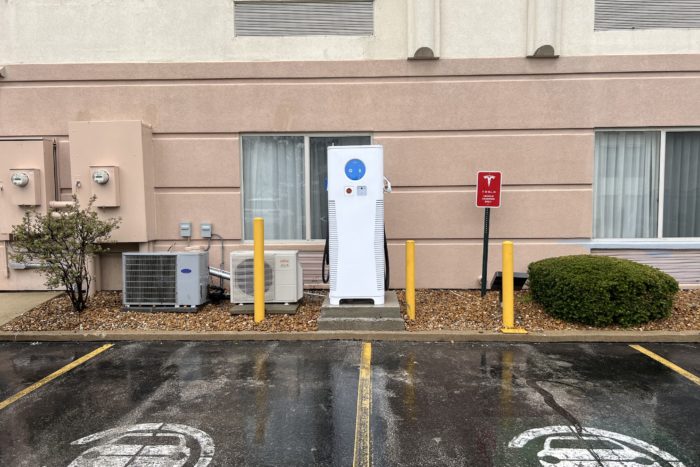
And for businesses that are putting these in, how long would it take for them to get a return on their investment?
Aatish Patel: It depends on the installation cost that they would have to incur and the operation side of things. Our C6AM is meant to be simple to install for businesses without having to do too much additional upgrading to their infrastructure. In some cases it could be 90% cheaper to install than a typical 480-based unit from Tritium or ABB. That’s a significantly lower investment overall, which could equate to a year or two less of operation needed to get a payback. On average, we’ve calculated that it could take anywhere from 3-4 years to pay back the system if you set very conservative charging rates. Obviously, as you go about factoring in higher charging rates, your payback period decreases significantly.
Another thing to keep in mind is that this is before any incentives are actually being applied to the actual installation. Illinois just released an 80% rebate program for the facilitation of these types of devices. If a business were to take advantage of that program, their payback period could be well within a year if they’re able to get the utilization that they need. New York, Massachusetts, Texas, Indiana, pretty much every state is starting to roll out similar programs. So, it could be anywhere from less than a year to four years, but relatively within reason compared to other types of appliances in this realm.
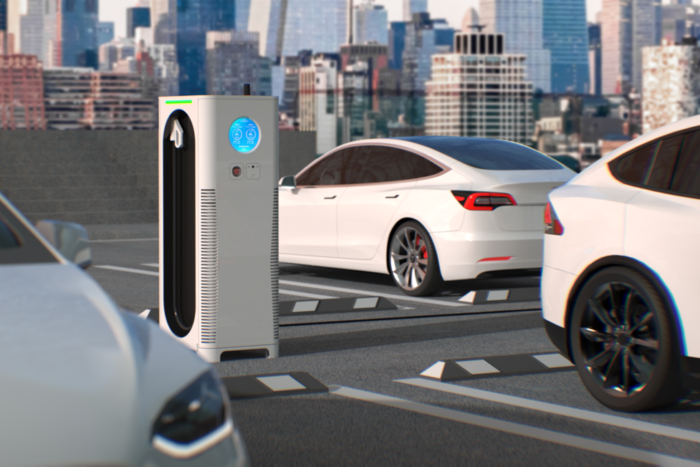
Those are different programs on a state level, which is great. Where are we at on a federal level with funds being dedicated to this?
Aatish Patel: The way the administration is going about rolling out EV charging and infrastructure programs is a bit particular and will take some time. A key thing to keep in mind is one of the mandates is that products need to be made in America. We are actually expediting our efforts to get Made in the USA certification and are setting up shop in Texas. The current timeline is putting us towards having Made in the USA-compliant products out by end of next year, which lines up with when a lot of these funds are going to be available for distribution.
Alex Urist: The due date on the NEVI (National Electric Vehicle Infrastructure) Formula Program was August 1st and all of the states have submitted their plans. To my knowledge, the federal government is reviewing all of the plans and then will be dispersing or allocating funds accordingly. The actual rollout of those plans differs from state to state, but they all have to meet the minimum requirements of NEVI—150kW output charger; 50 miles between chargers or charging hubs; identifying along interstates; the made in America component; etc. Many states also have a Justice40 initiative for economically underrepresented areas. New Mexico’s plan, for instance, is looking at ways to help empower Indigenous communities on electric vehicle infrastructure.
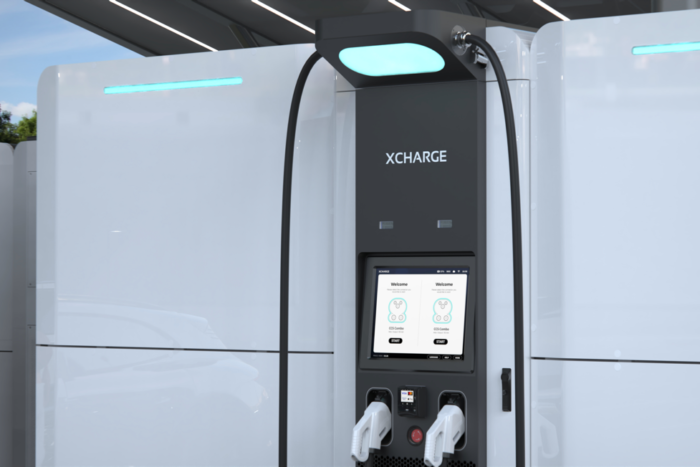
How does XCharge Energy compare to what is already out in the U.S.? There’s Tesla, Electrify America, EVgo, etc.
Aatish Patel: Tesla makes their own products and actually installs them. It’s private. If someone wants to install a Tesla supercharger, they can’t. It has to be a Tesla-installed thing. Electrify America, EVgo, Blink, Charge Point…they’re kind of like a Shell, Mobile or BP. They provide a service, but their pumps and everything aren’t necessarily their own design. They’re buying it from third parties or manufacturers like us and then rebranding and installing it themselves. Our direct competitors are probably Tritium, ABB and Delta. Those are the companies supplying the Electrify Americas, the Blinks, the EVgos and the Charge Points. They’re taking already existing chargers for Europe and Asia and trying to make them work here, which is the reason why you’re seeing a lot of the problems with installation and cost because you have something that’s made for a European or Asian infrastructure and are trying to get it working on a U.S. infrastructure, which is very different. We’re tackling it from the ground up, building a solution that’s meant for here. That means lower overall hardware costs and a much easier installation.
The other thing we offer that no hardware manufacturer does from the get-go is a turnkey solution. If you want to install a charger at your property, you don’t need to go to a separate service provider for the payments or the software. Everything’s included with our charger. You buy it, install it, set up your account, set your rates, and you’re good to go. You don’t need a third party to then manage everything.
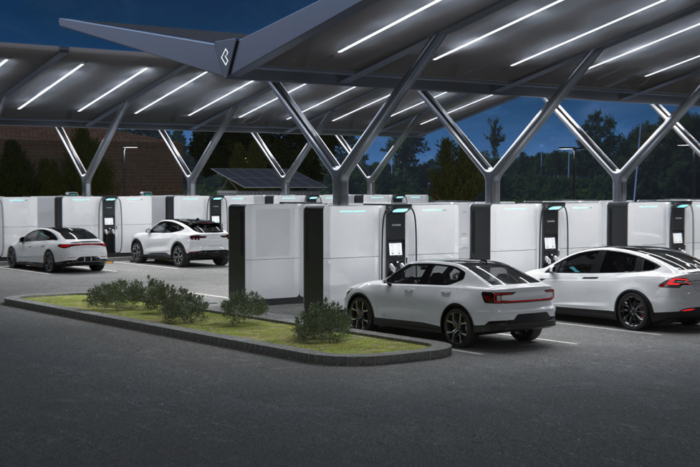
What are you excited about or focused on at this moment?
Alex Urist: We’re obviously excited about charging nationally and all the momentum that there is behind it. One of the things that we want to convey is that there’s no reason to wait to put in a charging infrastructure in the U.S. Obviously the NEVI plans are going to be a big catalyst, but for independent businesses that are looking for a way to get into capitalizing on EV charging, we encourage them to do so as soon as possible because there’s only going to be more and more EVs on the road. The sooner you invest, the sooner you’ll make a profit on your investment.
Aatish Patel: And we’re looking to grow the company as quickly as possible to contribute as effectively and as fully as we can to help foster the transition to electric mobility because we see the value and the power of the products that we are bringing to the table. We want to get things out and deployed sooner rather than later to ensure more people can take part in the electric revolution, not only from a driver’s standpoint, but also from a business and a commercial standpoint. We are actively looking to find ways to get more investments to help fund our needs for manufacturing and company operations, and are looking for ways to get deployments.
It takes a different type of team and vision to really get a hardware company off the ground. I think a lot of the people who have approached charging up until now, haven’t been willing to take on the challenge. It’s a tough thing. We once had a prototype fall off a truck and we nearly called it. But we didn’t start this company because it’s easy. We started this company to make an impact and we’ve done a lot of hard work now and we’re going to have to do a lot of hard work in the future. That’s not anything that’s going to stop us from getting towards our goal.











